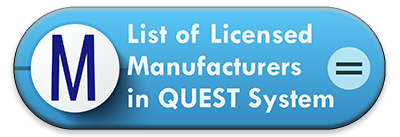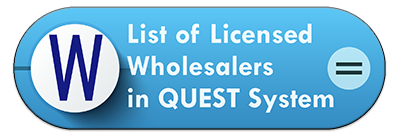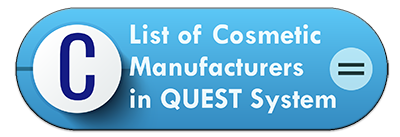Overview
Direct-Acting Antivirals (DAAVs) act by targeting specific non-structural proteins of the hepatitis C virus (HCV) which results in disruption of viral replication and infection. DAAVs provide interferon-free treatment options and a high efficacy rate offering rapid clearance of HCV1.
Background
The National Pharmaceutical Regulatory Agency (NPRA) received information from the European Medicines Agency (EMA) on the risk of hypoglycaemia associated with the use of direct-acting antivirals (DAAVs) in diabetic patients.
During EMA’s assessment of the most recent Periodic Safety Update Report (PSUR) for a product containing sofosbuvir, a signal of hypoglycaemia was identified based on several literature articles which have reported hypoglycaemia in diabetic patients treated with HCV DAAVs. These studies included other DAAVs in addition to sofosbuvir, as the proposed mechanism for the effect was considered to be applicable to all HCV DAAVs1.
Based on all available evidence in the literature and EudraVigilance, the Pharmacovigilance Risk Assessment Committee (PRAC) agreed that the product information of DAAVs for HCV treatment should be updated to include a warning and precaution for use in diabetic patients, particularly at the initial stages of HCV therapy2.
Local Scenario
In Malaysia, there are currently eight (8) registered products which contain seven types of DAAVs: sofosbuvir, sofosbuvir/velpatasvir, sofosbuvir/ledipasvir, daclatasvir, dasabuvir, elbasvir/grazoprevir and ombitasvir/pariteprevir/ritonavir.
Adverse Drug Reaction Reports
NPRA received a total of 67 reports with 113 adverse events suspected to be related to DAAVs. To date, no report of hypoglycaemia or decreased blood glucose following the use of DAAVs has been received by NPRA3.
Advice for Healthcare Professionals
- Bear in mind that rapid reduction in hepatitis C viral load during DAAV therapy for HCV may lead to improvements in glucose metabolism in diabetic patients, potentially resulting in symptomatic hypoglycaemia if diabetic treatment is continued at the same dose.
- Be vigilant for changes in glucose tolerance and advise diabetic patients on the risk of hypoglycaemia during DAAV therapy, particularly within the first 3 months when the viral load is being reduced.
- Alter diabetic medication or titrate doses if necessary.
- Please report all adverse events suspected to be related to the use of DAAVs to NPRA.
References
- European Medicines Agency (2018). Minutes of PRAC meeting on 14-17 May 2018. EMA/PRAC/394603/2018.
- European Medicines Agency (2018). PRAC recommendations on signals-adopted at the 1-4 October 2018 PRAC Meeting. EMA/PRAC/689235/2018.
- The Malaysian Adverse Drug Reactions database, NPRA [Accessed: January 2019]
DISCLAIMER
This publication is aimed at health professionals. The information is meant to provide updates on medication safety issues, and not as a substitute for clinical judgement. While reasonable care has been taken to verify the accuracy of the information at the time of publication, the NPRA shall not be held liable for any loss whatsoever arising from the use of or reliance on this publication.















